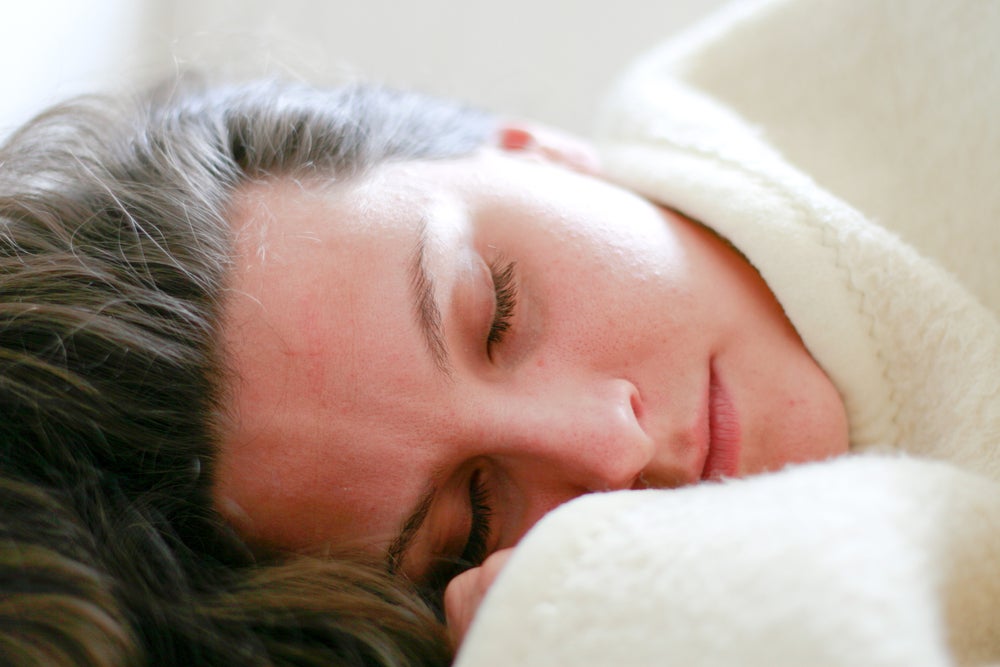Caring for Hysterectomy Incisions
Depending on the type of hysterectomy you have, you may have some external incisions that need special care. You may have one large incision, a single smaller incision, or several smaller ones. The hospital should give you specific instructions for taking care of whichever incision type you have in your discharge instructions. If they don’t, you can ask your surgeon or call his/her office for instructions.
As a general rule, you should not use any medications, ointments, gels, lotions, scar care products, peroxide, etc. on your incision unless your surgeon instructs you to do so. Also, you shouldn’t remove any bandages or steri-strips unless instructed to do so by your physician. Removing scabs and/or pulling on stitches is also a bad idea. All external incisions need to be kept clean and dry. If you weren’t given specific information about caring for your incisions in the shower, ask your surgeon what is best for you. You may be instructed to let water run over the incisions, but to avoid having the shower spray hit any of them directly. Soap may or may not be allowed, and you will need to be sure to dry them thoroughly but gently afterward. Using your blow dryer on the lowest settings could be a way to be sure larger incision areas are completely dry.
Vaginal Hysterectomy
A vaginal hysterectomy does not have external incisions, but if you also had anterior or posterior repairs, you may have an episiotomy-like incision. If this is the case, it is best to avoid sitting. For immediate pain relief, use a peri-bottle filled with very warm water. Spray the area with the water every time you use the restroom. If you were not given a bottle when you left the hospital, a sterilized plastic condiment bottle will work just as well. A clean wash-cloth that has been thoroughly soaked in hot water can work too.
Laparoscopic or Robotic Hysterectomy
Usually the four to five small incisions of a laparoscopic hysterectomy can be covered with bandaids. Just be careful not to let your small external incisions fool you into thinking your internal wounds are doing just as well. Your body still needs a lot of rest to heal properly inside and out.
SILS or LESS Hysterectomy
With a “single incision” surgery, your only external incision will be in the belly button folds. Keep the incision dry, clean, and covered with a bandaid until your surgeon gives different instructions. You also need to rest and let your body heal.
Abdominal Hysterectomy
You may come home with stitches (or staples), or they may be removed before you leave the hospital and be replaced with steri-strips. In general, your incision should remain dry and loosely covered. When showering, protect your incision and gently pat it dry afterward. You’ll also need to rest and avoid lifting so you don’t stress your incision.
If you have any questions or concerns about your incision, don’t hesitate to get in touch with your surgeon. You should also call your doctor if the area around the incision is hot and/or red, if there is pus oozing from it, or if it is splitting open.
This content was written by staff of HysterSisters.com by non-medical professionals based on discussions, resources and input from other patients for the purpose of patient-to-patient support. Reprinted by permission: Caring for your Hysterectomy Incisions.







